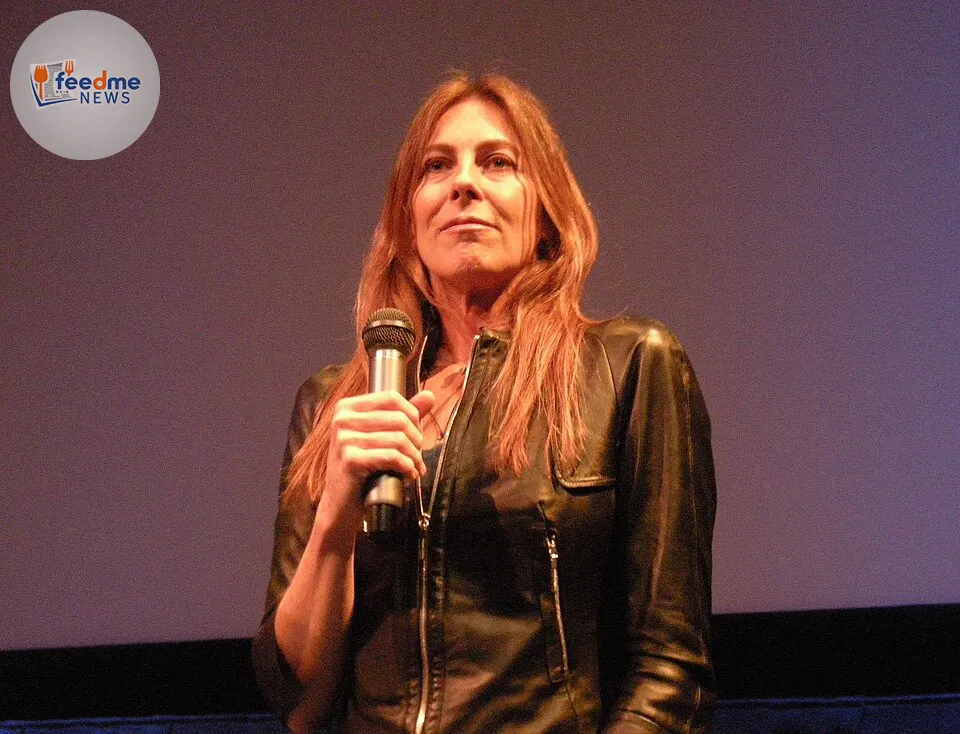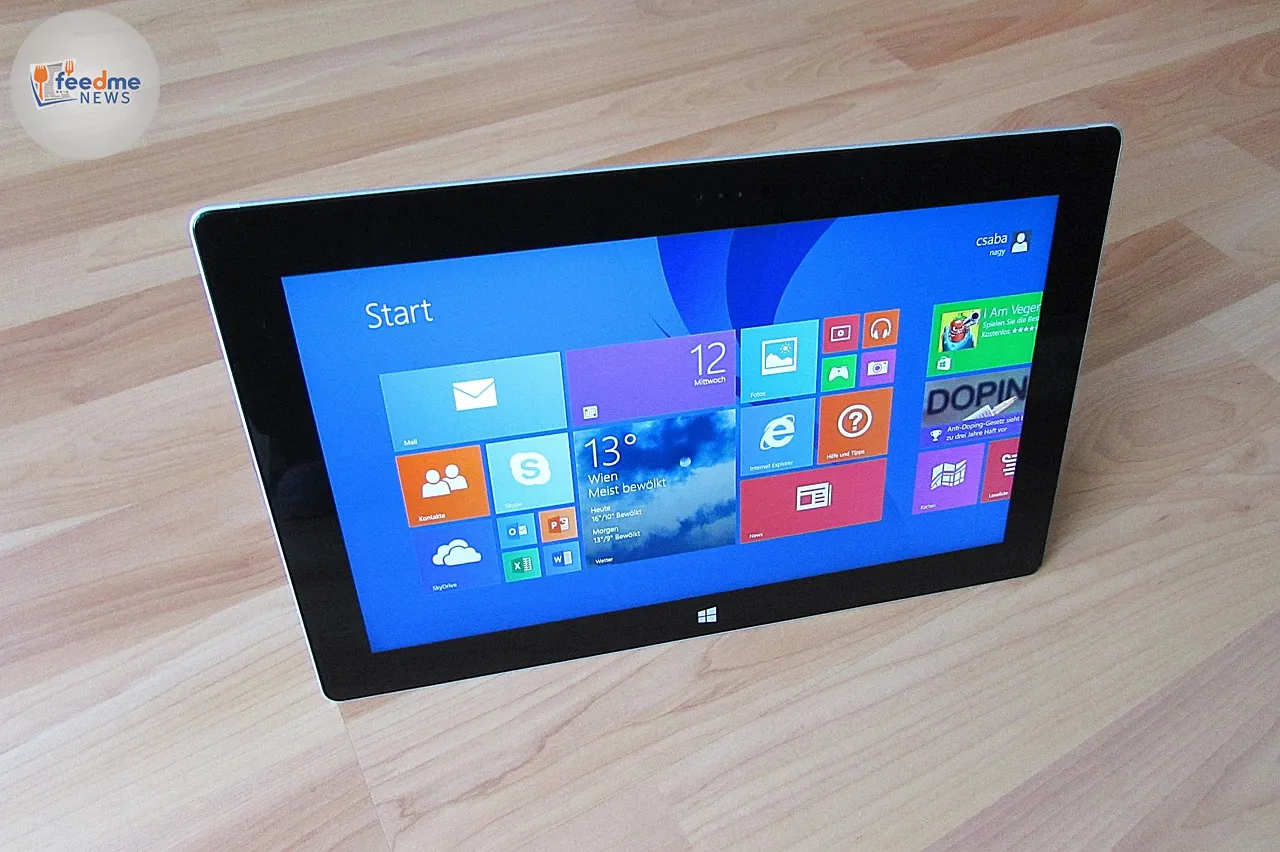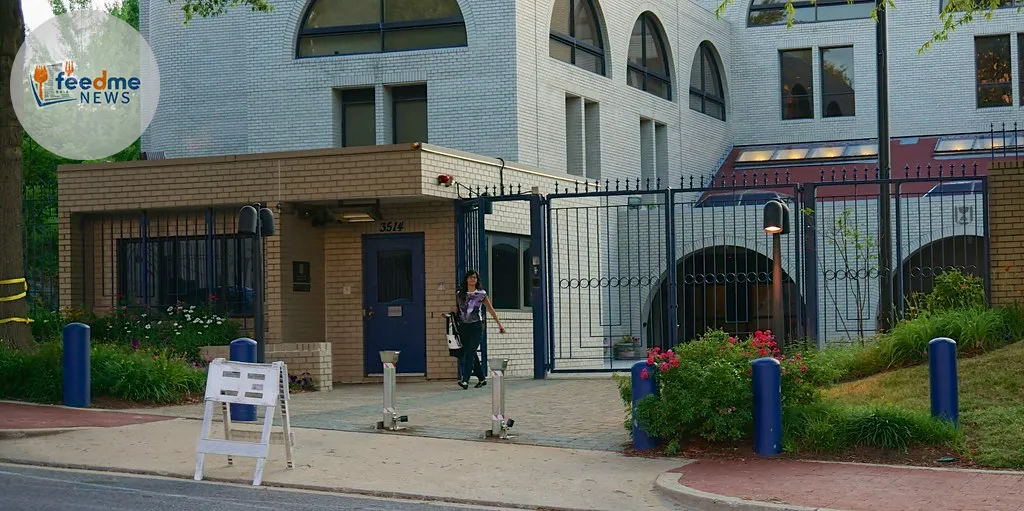Kathryn Bigelow has issued a stark warning as she discusses her new film, A House of Dynamite. The record?breaking Oscar winner, who became the first woman to win best director in 2010 for The Hurt Locker, sets her latest story on the brink of catastrophe. The drama follows a nuclear missile launched at an American city and focuses on what happens next. Idris Elba stars as the US president, leading a cast caught in a crisis with no margin for error. Bigelow links the film to the urgent threats she sees now and to fears that shaped her cold war childhood. “Someone I know said the bomb for the audience is realising this is possible,” she says. “I’m glad if people come away from the movie as concerned as I am.” She also addresses artificial intelligence and culture, naming Andy Warhol as part of that wider debate.
Context and timing
The Guardian published the interview on 17 October 2025. In that conversation, Bigelow set out the film’s core premise, its cast, and the anxieties that drive it. She framed the project through the lens of her upbringing during the cold war and the risks she believes society faces today.

A nuclear thriller built for a volatile age
A House of Dynamite centres on a single act: the launch of a nuclear missile at an American city. Bigelow then asks what leaders, citizens, and institutions do in the moments that follow. She keeps the focus on consequences rather than spectacle. That choice places the story inside the most fragile stretch of time, when information grows scarce, rumours spread, and decisions carry permanent costs.
Bigelow says the real shock lies in the idea that such an event sits within the edge of possibility. “Someone I know said the bomb for the audience is realising this is possible,” she notes. Her words underline a wider aim: to move the film beyond entertainment and into a public conversation about risk. She asks viewers to consider the systems they trust and the choices that shape them under extreme pressure.
Cold war memories and today’s overlapping threats
Bigelow connects her new film to the atmosphere of her childhood during the cold war. She recalls a period defined by nuclear drills, tense headlines and the sense that catastrophe could arrive without warning. That background gives her a personal frame for the story. She draws a line from that era to the uncertainties she sees now, pointing to a world she describes as combustible.
She brings current concerns into view, including the debate around artificial intelligence and the renewed fear of nuclear Armageddon. She does not treat these as abstract ideas. She places them inside a narrative designed to test institutions and character. By joining past and present, she highlights how old fears return in new forms, and how culture can interrogate those patterns.
Idris Elba steps into the Oval Office
Idris Elba plays the US president, a role that places him at the centre of the crisis. His character must weigh advice, confront incomplete data, and address a population that looks for calm and clarity. The casting points to a leader under pressure, measured not by speeches but by choices.
Presidents on screen often stand in for national resolve and anxiety. In this story, the role amplifies the human dimension of power. A decision in a command centre can decide the fate of millions. Elba’s presence signals a performance built on intensity and credibility, both of which match the urgency that Bigelow brings to the subject.
Andy Warhol, media images and the power of attention
Bigelow’s conversation also touches on Andy Warhol, a figure who explored repetition, celebrity and the sway of mass media. By invoking Warhol, she places A House of Dynamite in a longer dialogue about images and impact. She signals that the film examines not only policy and command chains, but also how pictures and headlines shape what people fear and believe.
The link matters because nuclear danger and modern technology compete for attention in the same public space. Warhol’s insight into media cycles still resonates. Bigelow recognises that power. She turns the camera on the speed of information and the way images can either numb or galvanise. In a crisis, attention becomes a resource. The film asks who controls it and to what effect.
An Oscar?winning record and a drive that has not dimmed
Bigelow made history at the Academy Awards in 2010 when she won best director for The Hurt Locker. That landmark still defines part of her legacy. It also sets a high bar for each project that follows. She continues to choose stories that test institutions, probe moral choices and confront conflict.
That record shapes expectations for A House of Dynamite. Viewers and critics look for the precision, tension and ethical clarity that mark her work. She acknowledges that weight and uses it. By tackling nuclear peril and modern technology in the same breath, she signals ambition and a belief that cinema can still open national conversations.
Audience impact: fear that prompts reflection, not despair
Bigelow frames the film as a call to think, not to panic. “I’m glad if people come away from the movie as concerned as I am,” she says. The line suggests a measured alarm. She wants audiences to leave with sharper questions: How resilient are our safeguards? How do leaders weigh lives under pressure? What role do citizens play when events move faster than the news can track?
That approach mirrors the best tradition of political thrillers. The genre entertains, but it also clarifies stakes and choices. By focusing on consequences after a launch, rather than only on the launch itself, Bigelow sets up a story that tests resolve





